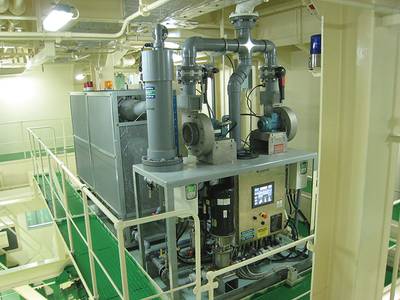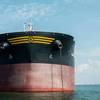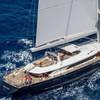Ballast Water Tech: Severn Trent de Nora
As ship owners globally face the eventual mandate to install ballast water management technology onboard their ships – a refit which is touted as the most expensive equipment refit ever – Maritime Reporter & Engineering News in its February 2013 edition examines emerging Ballast Water Technologies for consideration.
Electrolytic ballast water treatment systems typically pass the entire ballast flow stream through the electrolytic cells. The BALPURE system diverts a slip stream from the main ballast line or from a source of heated sea water from the discharge side of the sea water/fresh water central cooling systems on motorships or from condenser discharges on steam ships to the electrolyzers to generate a disinfecting solution in situ and on-demand to treat the ballast water. This slip stream approach allows the unit itself to make use of available existing locations remote from the main ballast lines and gives the design engineers flexibility over how the unit is located on board.
The system can take advantage ship’s “waste heat,” in order heat the slip stream. Using a residual biocide is final piece of puzzle to combat regrowth. The ability to split the BALPURE system into small sub assemblies minimizes requirements for other equipment relocation and additional engineering/ship re-designs – allowing small available spaces to be used in various machinery/engine spaces. Final fitting, installation, commissioning and testing can be accomplished at sea or quayside.
BALPURE received IMO Type Approval in July 2011, and type approval from Bureau Veritas as well as a certificate of design assessment from ABS, with type approval applications in process with several other classification societies.
BALPURE systems are available to treat up to 5,000 cu. m./hr. of ballast water flow with custom units available to treat higher flow rates up to 20,000 cu. m./hr.. BALPURE is targeted for larger tankers, bulk carriers, and LNG vessels with higher flow rates
www.severntrentdenora.com
(As published in the February 2013 edition of Maritime Reporter & Engineering News - www.marinelink.com)
















